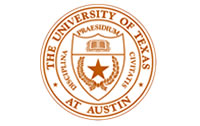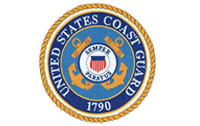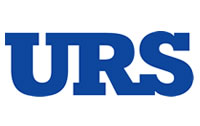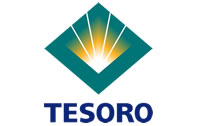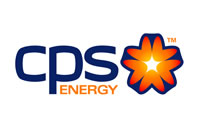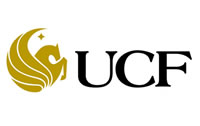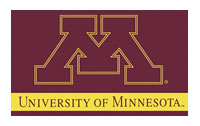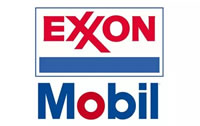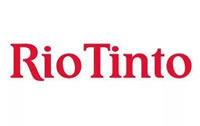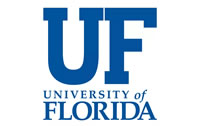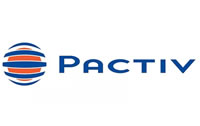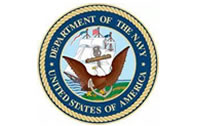Written By Tom Moriarty
What is 1 percent of production worth to your plant? In most mid-sized or larger plants, production improvements of 1 percent are in the millions of dollars in profit. Increasing the volume of profitable products with approximately the same fixed costs expands profit margins. It’s true whether your production is sold out or not.
When you increase reliability, you increase production availability. Even when you’re not sold out, you may be able to run two shifts instead of three or reduce contractor costs and overtime expenses. How do you capture these opportunities? First, you have to know where the opportunities are. Take five minutes to consider a value stream map of your plant.
Typical functions on the value stream map may include sales and marketing, engineering, raw materials, the consistency of operating processes, the reliability of production systems, packaging and shipping, and invoicing/cash flow management.Whether your plant produces diesel fuel, intermediate chemicals, chicken nuggets or mythical widgets, your ability to perform efficiently depends on your leadership and management of the people, processes and
Evaluation© (ORE). The ORE is a well defined set of criteria used to evaluate current performance. These criteria are based physical assets within your fence line. One area all plant managers can directly affect is the production system’s reliability. When the system is unreliable, profit margins contract, the contribution of fixed costs per unit goes up, there are fewer units being sold, and higher scrap rates and units sold may be of lower quality — all of which jeopardize customer satisfaction and risk product recalls.
The goal is to produce more units efficiently with minimum waste, on spec, and to deliver dependably. With lower overall unit costs, the sales and marketing functions have flexibility to modify pricing, leading to increases in sales volume and/or market share. Plants that employ human and physical capital most effectively strengthen
their position within the corporation, which means greater likelihood of investment in the plant, leading to greater job security.
Organizational Reliability© is the key to getting there. Start with an Organizational Reliability on first principles of organizational performance, tailored to the specific industry. Deliverables from the ORE include understanding what a 1-percent improvement in production is worth, where improvement opportunities reside and how much improvement is available, and developing a prioritized plan for implementing the changes. Would your plant benefit from a reliability improvement project? Even in well-run plants, the return on investment is typically obtainable within 12 to 18 months. The improvement potential is typically in the 1.5-percent to 5-percent
production improvement range. Plug in what you believe 1 percent of production improvement might be worth and multiply by the obtainable improvement percentage
to get your “back of the envelope” return on investment. Example: $1 million per 1-percent improvement multiplied by 2-percent improvement opportunity equals $2 million in one year. Now reduce this value to account for the risk that projected savings were over-ambitious, reduce the projected savings by as much as 50 percent and you still can get $1 million. Now you have a not-to-exceed budget for the Organizational Reliability improvement project.
An ORE provides repeatable criteria that can be reviewed for the same plant year after year to monitor progress or it can be applied across multiple plants for consistent comparisons. A typical ORE cost should be less than $100,000 including all fees and expenses. The ORE results provide information needed for an Action Planning Workshop© (APW). The APW presents the prioritized initiatives to close reliability gaps, aligns the leadership team, obtains a consensus commitment to go forward and charters project teams with performance measures and objectives. Implementation emphasizes development and/or strengthens leadership and
management proficiency in mid-level and line supervision levels. This is the key to sustaining improvements. Can your margins be expanded ?
For more information, contact
Tom Moriarty, PE, CMRP at tjmpe@
alidade-mer.com or (321) 773-3356. •


